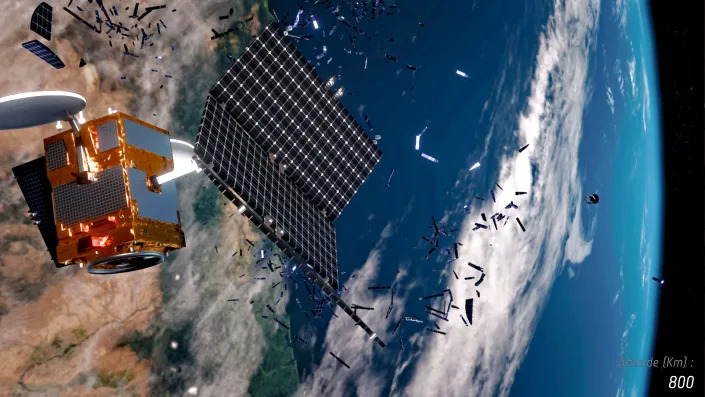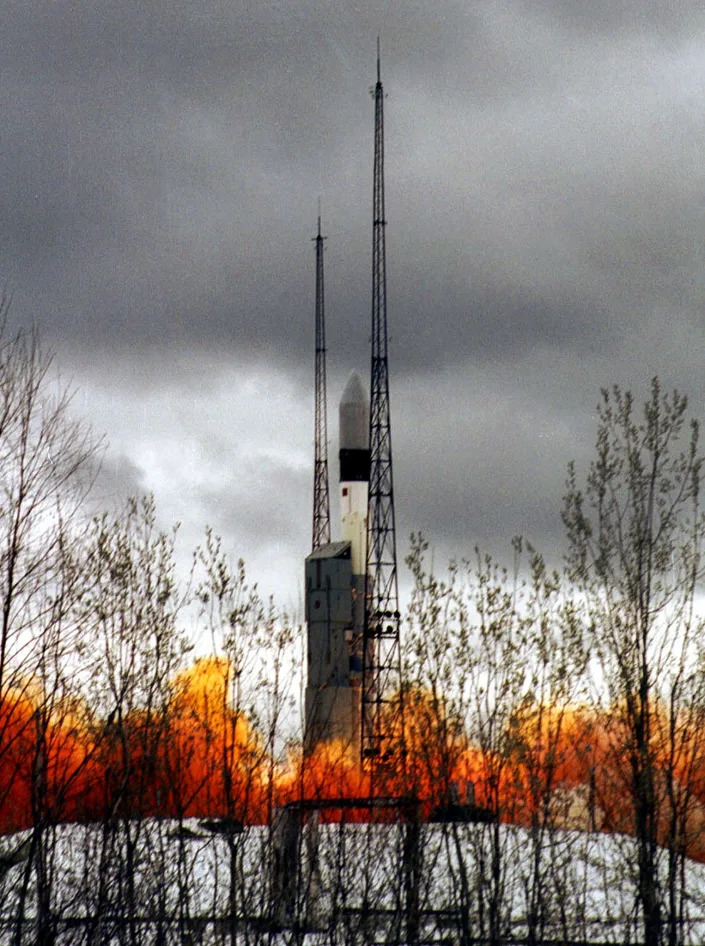AZ Central – The Arizona Republic – Opinion
Republicans pushing a plan to remove you (yes, you too) from Arizona’s voter rolls
Laurie Roberts, Arizona Republic – February 24, 2023

In August, the attorney general of Arizona wrapped up his investigation into the Cyber Ninjas’ claim that hundreds of dead voters cast ballots in the 2020 election.
To the surprise of absolutely no one, braindead or alive, Attorney General Mark Brnovich concluded that the Senate’s vaunted auditors didn’t know what they were talking about. There was no vast graveyard full of dead voters determined to deny Donald Trump his due.
Not even so much as a small crypt of conspiracy.
So naturally, there’s a bill in the Arizona Legislature to take care of this nonexistent problem … by cancelling your voter registration.
I am not making this up.
Senate Bill 1566 would wipe Arizona’s voter rolls clean every 10 years, requiring millions of Arizonans to re-register to vote.
It is but one of the dozens of kooky bills born of MAGA zealots and their absolute refusal to consider the fact that maybe they are losing statewide races because their candidates just aren’t acceptable to a statewide electorate.
Both the Senate and House election committees are chaired by election deniers.
The chairwoman of the Senate Elections Committee is Sen. Wendy Rogers of Flagstaff, who wanted to decertify the 2020 election and regularly calls for the arrest of elections officials. After being tapped by Senate President Warren Petersen to run point on election bills this year, Rogers vowed to engineer a do-over of Maricopa County’s 2022 election, though it seems more like a fundraising gimmick than an actual plan.
The chairwoman of the House Municipal Oversight and Elections Committee is Rep. Jacqueline Parker of Mesa, who, like Rogers, was a co-sponsor of then-Rep. Mark Finchem’s 2022 proposal to decertify Arizona’s 2020 presidential election. Her panel is packed with election deniers.
Every week, we are treated to veritable buffet of bad bills designed to fix problems that exist only in their fevered imaginations.
There’s a bill to do away with early ballots, the voting method of choice by 8 in 10 voters.
There’s a bill to ban ballot tabulators, never mind that hand counts are considered less accurate and more expensive. Or that a hand count of up to 70 races on 3 million or more ballots is likely to last until Christmas.
There‘s a bill to ban unmonitored ballot drop boxes out of some undocumented fear that Eeyore is lurking about and another to return to voting in precincts, never mind it leads to more voters being disenfranchised when they show up to the wrong place to vote.
There’s a bill that would require elections officials to post online the name, year of birth and address of every voter and another that would allow representatives of the Republican and Democratic parties to challenge your signature on an early ballot.
Then there is SB 1566, requiring you to reregister every 10 years if you want to continue exercising your constitutional right to vote.
In pushing the bill, Sen. Sonny Borrelli, R-Lake Havasu City, noted that he decided to look into the issue after the Attorney General’s Office spent “thousands of hours” investigating claims of dead voters.
“So I had my audit team go through voter registrations on dead voters and bounced that against the people that voted,” he recently told the Senate Elections Committee. “They looked at 30 ballot envelopes. Within 45 minutes they found 17 people that somehow voted after they died.”
Fifty-six percent? Clearly, our elections are being determined by those whose forwarding address lies somewhere near the Pearly Gates … or perhaps a good ways south of there.
Curiously, Borrelli didn’t mention the findings of the Attorney General’s Office after all those hours of investigation.
The ninjas, as part of their five-month audit of Maricopa County’s election, reported that 282 dead voters cast ballots in the November 2020 election. The AG’s Office then said it spent hundreds of hours investigating those claims.
The conclusion: 281 of those 282 voters were alive and kicking when they cast ballots.
“Our agents investigated all individuals that Cyber Ninas reported as dead, and many were very surprised to learn they were allegedly deceased,” Attorney General Brnovich wrote in an August letter to then-Senate President Karen Fann.
AG investigators also checked out four other reports of up to 6,500 supposedly dead people who either cast ballots or were on the voter registration rolls. They came up with “only a handful of potential cases,” all of them isolated instances.
Yet another conspiracy gone kaput – consigned to the graveyard of crazy to rest in peace alongside Sharpies, green buttons, bamboo ballots, hacked machinery and all the other supposedly nefarious ways in which Arizona’s 2020 election was stolen from Donald Trump.
Only to rise again in the Senate Elections Committee, and to heck with federal law.
The National Voter Registration Act outlines how and when a person’s name can be removed from the voter rolls, for example if he or she requests it or moves or dies.
The act also requires states to make “a reasonable effort to remove ineligible persons by reason of the person’s death, or a change in the residence of the registrant outside of the jurisdiction.”
I’m guessing a wholesale wipeout of every Arizonan’s registration every 10 years might be considered a tad, I don’t know, unreasonable?
“It violates federal law,” Jen Marson, of the Arizona Association of Counties, warned the committee. “It’s totally in conflict with NVRA.”
Even some Republicans were queasy about the proposal. Sen. T.J. Shope, R-Coolidge said he doesn’t view the bill as legitimate. Sens. Ken Bennett, R-Prescott, and John Kavanagh, R-Fountain Hills, agreed.
Then all three voted yes and the bill passed on a party line 5-3 vote.
Voters may not be dead but when it comes to the state Capitol, common sense is a goner.
Support local journalism: Subscribe to azcentral.com today.










